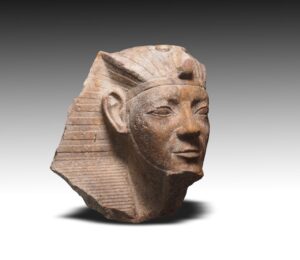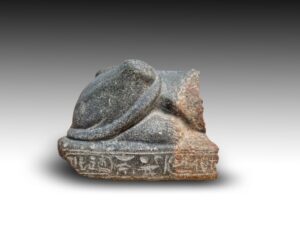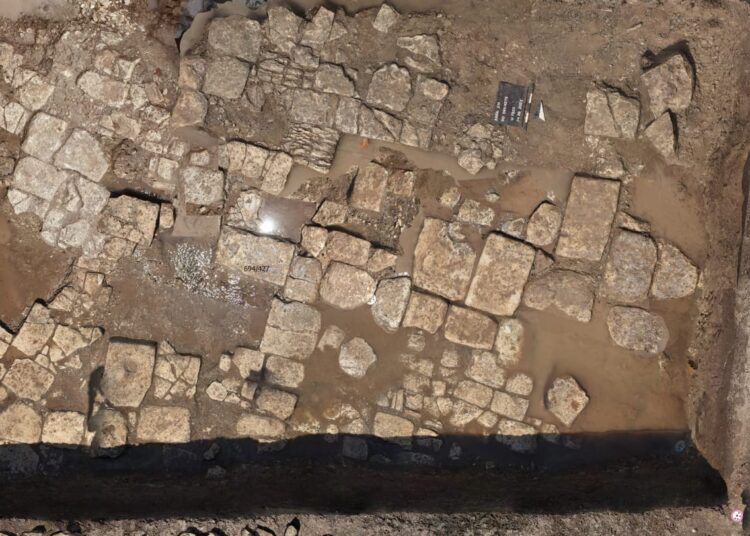The joint Egyptian-German archaeological mission between the Supreme Council of Antiquities (SCA) and the Leipzig University Museum have recently uncovered more remains of the Sun Temple, in the area surrounding the open-air Obelisk Museum from the western, northern and southern sides in the city of On (Heliopolis) in Matareya district.
Secretary-General of the SCA Mostafa Waziry said: “Although no evidence of stone buildings was found on the northern side of the open museum, the mission succeeded in uncovering a succession of white mortar floors and mud brick buildings dating back to the second half of the first millennium BC.”
“This indicates that there was stability in this part of the temple during the Ptolemaic and Roman eras.”
Ayman Ashmawy, head of the mission from the Egyptian side, said that a number of quartzite sarcophagi from the era of King Horemheb from about 1300 BC has been unearthed.
Another statue of King Psamtik II (595-589 BC) made of stone, and a floor made of limestone tiles, in addition to parts of a royal statue whose owner has not yet been identified, but its artistic features indicate that it may belong to the The Middle Kingdom and the Second Intermediate Period.
Dietrich Rau, Director of the German Archaeological Institute and head of the mission from the German side, said that the mission also succeeded in uncovering many parts of statues of King Ramses II in the form of a Sphinx made of quartz stone and a piece from the era of King Ramses IX.
In addition to the slab of pink granite with a huge inscription, which is likely to be the upper part of an obelisk, the inscriptions will be studied during the coming period to determine its date.
The mission has been working in the Matareya area since 2012. During the past excavation season, it succeeded in uncovering parts of the remains of the temple, along with a large number of statues dating back to different eras of the ancient Egyptian civilisation.












Discussion about this post